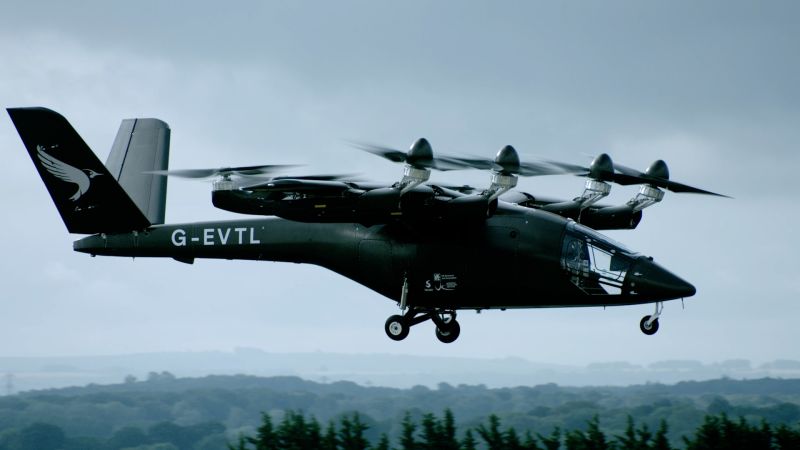The VX4 is poised to revolutionize urban transportation by offering a new mode of travel that is entirely electric. This innovative aircraft incorporates a host of features designed to meet the demands of modern city living. One of the most significant advantages of the VX4 is its simple mechanics, which not only contribute to easier piloting and maintenance but also lower production costs.
Moreover, the VX4 is designed with zero emissions in mind, a critical consideration in today’s world where urban pollution is a growing concern. With environmental awareness on the rise, the VX4 aligns perfectly with the goals of many cities striving to become greener. The makers of this electric aircraft are optimistic and foresee it flying in urban airspace globally by the year 2030, transforming the way residents navigate densely populated areas.
Safety is another paramount feature of the VX4. Designed to adhere to airliner safety standards, it promises a high degree of reliability for passengers. Traditional air transport methods such as helicopters and vertical takeoff and landing aircraft (VTOLs) have often encountered challenges regarding safety and regulations in urban environments. The VX4’s compliance with established safety protocols not only prioritizes passenger wellbeing but also enhances the aircraft’s acceptance by regulatory agencies worldwide.
In addition to its safety standards, the VX4 stands out for its low noise operation, which is a significant advantage when considering air travel in cities. Noise pollution can be a considerable detractor for urban air mobility, and the VX4 addresses this issue head-on. Its design incorporates advanced aerodynamics and electric propulsion technology, enabling it to soar quietly above the hustle and bustle of urban life. This silent operation could pave the way for more extensive usage of air taxis in populated areas, as noise concerns are often a barrier to acceptance.
The economic aspect of the VX4 is particularly intriguing for potential users. As indicated by its creators, the operating cost of the VX4 is not expected to differ significantly from that of a traditional taxi ride. This affordability position is crucial for the broader adoption of electric air taxis, as it allows the general populace to benefit from advanced transportation technology. If the pricing remains accessible, the VX4 could potentially become a staple mode of transportation for daily commuters, tourists, and anyone looking to navigate congested city streets quickly and efficiently.
To sum up, the VX4 electric aerial vehicle represents a paradigm shift in urban transport, embodying innovations that focus on sustainability, safety, and silent operation. Its production and integration into urban landscapes by 2030 presents an exciting vision for the future of city mobility. With its combination of economical pricing and environmental considerations, the VX4 is set to provide an alternative travel option that meets the growing demands for efficient transit in major metropolitan areas. As cities continue to expand and face transportation challenges, the VX4 offers a glimpse of a future where electric air travel becomes a viable and everyday reality, fundamentally altering the urban experience for residents worldwide.



